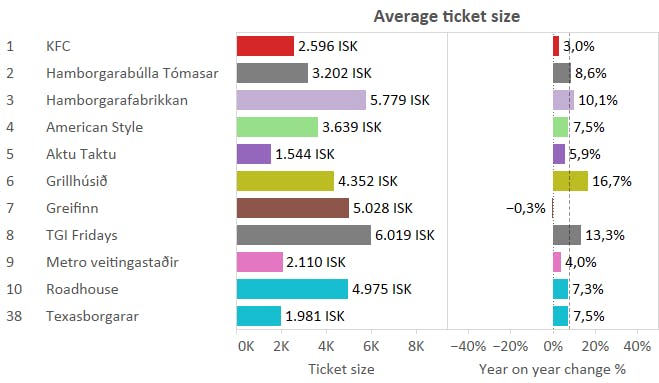The Icelandic presidential elections take place on 25th June 2016 where Icelanders will choose between nine candidates. Historically there have never been more candidates announcing that they plan to run for office. How can each candidate differentiate his or her offerings from the rest of the crowd to gain the people’s’ votes?
Marketing can be a challenging task for anyone but a little creativity can lead you to the best solutions.
A known method in attracting customers is to offer discounts or free products for an opportunity to develop a long term relationship with the customer and encourage them to refer their friends.
In Iceland you have to collect a minimum of 3,000 signatures to be eligible to run in the election. One of the Icelandic presidential candidates, Magnús Ingi, owns a hamburger joint called Texasborgarar. Magnús tried to reach that 3,000 signature goal by giving free burger meals to those willing to sign their name in his support.
Unfortunately Magnus was not successful, but his campaign gave us a great tool to demonstrate our marketing analytics capabilities. Read on to find out how!
The theory behind Magnus’ efforts was solid: According to many marketing experts, the giveaway marketing strategy encourages customers to spend despite getting something for free. People would taste Magnus’ delicious burgers, boosting sales and loyalty, and these people would like him so much they would nominate him for the presidential elections.
In theory, those who received a free burger and fries at Texasborgarar would order something to drink to get along with their meal and perhaps bring their children along. And of course they would feel so loyal toward Magnus, they would nominate him for the presidential election!


As you can see, Magnus did not manage to increase his share in the market, but did the exposure perhaps bring his restaurant to the attention of new customers?
Meniga MarketWatch can reveal any changes to Magnus’ customer base by counting the number of customers that visited the restaurant within a given time period. By counting each customer only once we can calculate the size of the customer base and compare to the competition or previous periods.

The customers that visit Magnus only account for 0.7% of the active customers in the restaurant segment, ranking him at #38. The right hand side shows customer volume has dropped by a quarter since the previous year. If his goal was to attract new customers, the plan did not work out!
The third question we will look at is whether Magnus’ existing customers have changed their purchasing behaviour. Did his giveaway marketing effort encourage people to spend less or more on each visit when compared with previous year?

The average ticket size for Magnus grew by 7.5% which was in line with the market average. His ticket size is in the lower range which indicates that each customer is paying only for one meal at a time. Magnus has not managed to change his establishment into to family sit down dining restaurant!
The conclusion from this case is that giving away free burgers and getting media coverage did not deliver new customers, increase market share nor did it change Magnus’ customers’ buyer behaviour. Perhaps he should consider something simpler next time, like changing his recipe!
Despite the results, trying out new things and experimenting is essential for marketers. Perhaps Magnus’ legacy has been elevated to burger-frying presidential candidate which he could build on in future elections. He may not become president but more people now know him as the Iceland’s king of burgers.